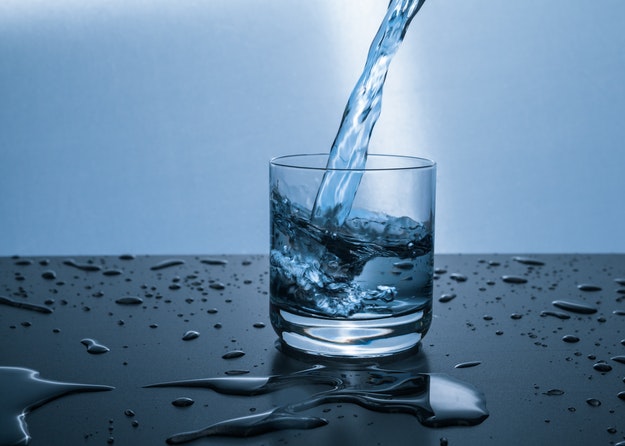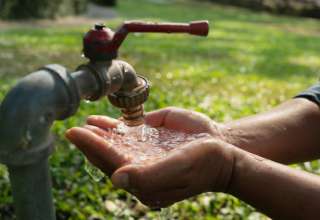Water is an essential resource. Next to household use and water drinking, Australians understand how water plays a critical role in the nation’s industry and economy, specifically in agriculture. In the past years, Aussies believed water as a free resource. But because of water restrictions and drought in most of Australia since 2002, locals have changed the way they think of water. Everybody now knows that when water is resourced out of Australia’s groundwater and river system, environmental and economic consequences are possible.
Thus, the birth of water treatment facilities like Dowdens. The Australian government recognized that there is an immediate need to address the water demand to improve water efficiency in the nation.
Why Water Treatments are Important
Water resources like lakes are rivers contain lots of pollution and even garbage. These are unfit for consumption. To make this clean, water has to undergo a series of treatments to make it potable. For example, water purifiers are designed to reduce and eliminate pollutants like pesticides, heavy metals, nitrates, or organic materials. This also helps improve the water’s taste by removing chlorine content.
The Different Methods of Purification
Distillation
This is the process where water is heated until it boils. It then captures and cools the hot vapors, and the condensed gases are collected. The water impurities “accompany” the steam, then goes in the distillate. Distillation is a relatively old method. Humankind has been doing this water treatment process for thousands of years already. Today, there are a lot of water distillation facilities. However, not all modern ones are the same. If you know water distillation works for you, make sure you go for the advanced water purifiers to achieve better results. The downside, though, of water distillation, is that the process takes too much time.
UV Water Purification
This technology is the most efficient, most effective process utilized in the market today. Business owners and homeowners can remove biological water contaminants by themselves. UV purification offers a range of advantages as compared with the other forms of water treatment in terms of eliminating microbiological contaminants. The best part of this treatment is that it doesn’t leave any traces of the chemical in the water. It emits no by-products and does not alter the taste and pH of water. Plus, UV water purification doesn’t harm your home’s septic and plumbing system.
Reverse Osmosis
This type of water purification process is your option if you want to improve the taste, appearance, and odor of the water. This method is prevalent for its efficacy in seawater purification. It involves dissolving inorganic solids like chlorine, lead, fluoride, and pesticides present in the water. Osmotic pressure is applied, and the water is pushed through a semi-permeable membrane. This membrane (filter) allows water molecules to pass but not organics, bacteria, and dissolved salts.
Filtration
This is a method of mechanical and physical separation of one component to another in a liquid via a suitable media. Usually, the medium used is composed of granules and sand. But the more modern filtration systems today utilize carbon as their primary material of the filter.
These are just some of the many ways to achieve clean and potable water. Check your local water treatment facilities now, like Dowdens, and know your options.
Author Bio:
John Perry is a professional writer. He has written many articles on Social Media. He is quite experienced in the field of web marketing as well as website designing. He likes to enhance his knowledge and passion when it comes to blogging and appreciates technology.












